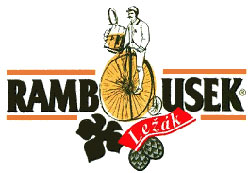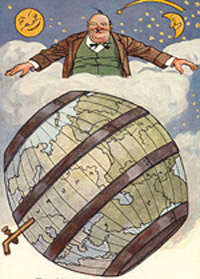
This month at World of Beer, Stephen Beaumont takes on ice cold beer. I’m not going to repeat what he has written, so please read it first. I just have one more suggestion (OK, I have more but will keep it to one), and although Mr. B. maintains two blogs WoB isn’t one of them. Otherwise I could just leave the idea as a comment.
He writes that “it’s almost impossible in the United States these days to be served a beer in a non-frosted glass” and suggests sending the glass back.
I propose preemptive action. Watch the bartender pour a beer and see if he or she is hauling out iced mugs. If so, there’s a good chance that every clean mug is on ice (yes – I’ve seen bartenders follow a request for a warm mug by pouring beer into a dirty one).
So ask for your beer in a large wine glass (something for Cabarnets or Pinot Noirs). They probably don’t keep those cold. If you are drinking from a bottle you can just pour in part of the beer, allowing it to warm if the bottle’s been on ice.
This isn’t perfect. The glass will treat some beers better than others – but since the ice cold mug was probably a beer unfriendly shaker glass there’s a good chance you’ll be ahead.
And if the wine glasses are frosted? Go to another place to drink.
 We already know this, but brewing innovation doesn’t stop at the U.S. borders. It isn’t limited to Belgium, or even to such new-ish hotbeds as Denmark and Italy.
We already know this, but brewing innovation doesn’t stop at the U.S. borders. It isn’t limited to Belgium, or even to such new-ish hotbeds as Denmark and Italy. Where is the center of the beer universe?
Where is the center of the beer universe?